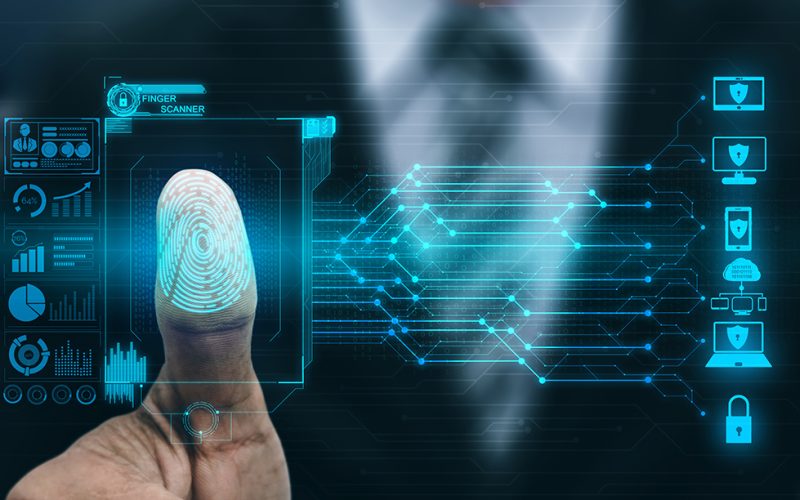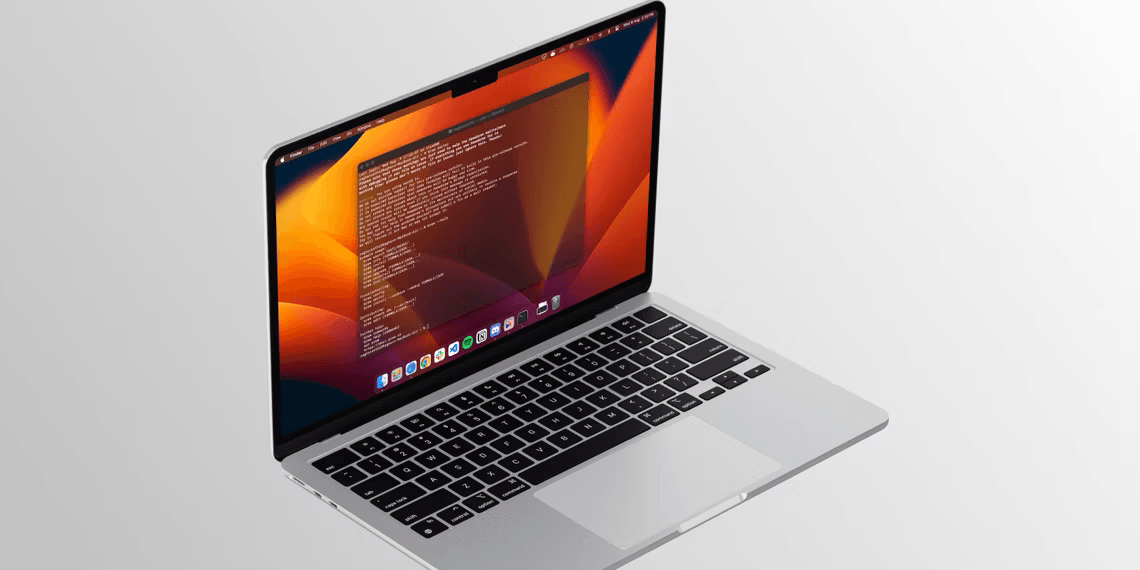Biometric authentication technologies are revolutionizing digital security by offering reliable, convenient, and secure ways to verify identities. As these technologies evolve, they promise to reshape how individuals access devices, systems, and services worldwide.
Understanding Biometric Authentication Technologies

Biometric authentication uses unique biological traits such as fingerprints, iris patterns, voiceprints, and facial recognition to authenticate individuals. These technologies provide enhanced security by replacing traditional passwords and PINs with more reliable authentication methods.
Advancements in Facial Recognition
Facial recognition technology scans and analyzes facial features to verify identities. Advances in AI algorithms improve accuracy, speed, and adaptability in diverse lighting and environmental conditions, making facial recognition a robust authentication tool.
Voice Biometrics and Speech Recognition
Voice biometrics authenticate users based on unique voiceprints and speech patterns. AI-powered speech recognition technologies analyze voice characteristics to verify identities, enabling secure access to devices and applications through voice commands.
Iris and Retina Scanning
Iris and retina scanning technologies use distinct patterns in the iris or retina to authenticate individuals. These biometric identifiers offer high accuracy and are increasingly integrated into access control systems, enhancing security in sensitive environments.
Behavioral Biometrics for Continuous Authentication
Behavioral biometrics analyze unique user behaviors such as typing speed, mouse movements, and device interaction patterns. These continuous authentication methods detect anomalies and verify identities in real-time, ensuring ongoing security during user sessions.
Multi-Factor Authentication (MFA) Integration
Biometric authentication integrates with MFA strategies, combining biometric identifiers with additional authentication factors such as passwords or tokens. This layered approach enhances security by requiring multiple forms of verification to access sensitive data and systems.
Fingerprint Scanning and Touch ID

Fingerprint scanning utilizes unique fingerprint patterns to authenticate users quickly and securely. Integrated into smartphones and devices, touch ID systems offer seamless access control, protecting sensitive information and enhancing user experience.
Wearable Biometric Devices
Wearable devices equipped with biometric sensors authenticate users based on physiological data such as heart rate variability or electrocardiogram (ECG) signals. These devices offer secure access control and personalized health monitoring capabilities.
Ethical Considerations in Biometric Authentication
As biometric authentication technologies proliferate, ethical considerations such as data privacy, consent, and algorithm bias become critical. Ensuring transparency, informed consent, and regulatory compliance protects user rights and fosters trust in biometric systems.
Future Trends in Biometric Authentication Technologies
Looking ahead, the future of biometric authentication technologies will focus on enhancing accuracy, security, and user acceptance. Innovations in AI, blockchain integration, and decentralized identity management aim to address challenges and expand applications in digital security.
Conclusion
In conclusion, biometric authentication technologies represent a pivotal advancement in digital security, offering robust protection and user convenience. By leveraging biometric identifiers and AI-driven innovations responsibly, organizations can enhance security posture and safeguard digital identities in an increasingly interconnected world.










